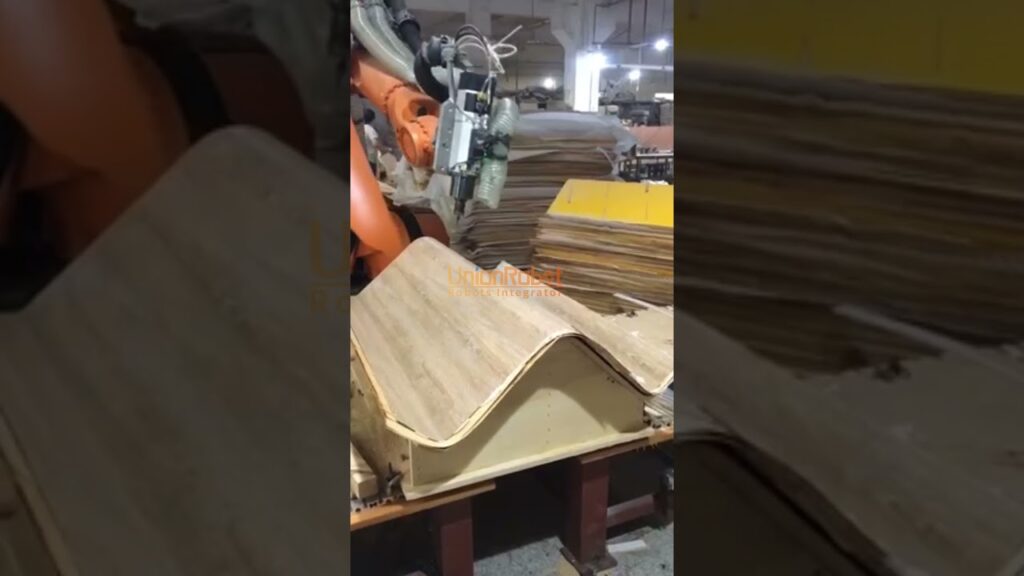Robotic arms have revolutionized the industrial world, providing increased efficiency and precision in various manufacturing processes. One of the leading players in the field of robotics is KUKA, a renowned industrial robot manufacturer. In this article, we will delve into the capabilities of KUKA’s robotic arm and explore its ability to process irregular objects.
Robotic arms have come a long way since their inception. Initially, they were limited to repetitive tasks that required a high degree of precision. However, with advancements in technology, these versatile machines are now capable of handling complex and irregular objects with ease.
KUKA’s robotic arm stands out from the crowd due to its exceptional capabilities. With its cutting-edge technology and state-of-the-art design, it can process irregular objects efficiently and accurately. This is made possible through the implementation of advanced algorithms and sensing systems that enable the arm to adapt to the shape, size, and contours of the object it is handling.
When it comes to processing irregular objects, traditional approaches often fall short. Human labor, although versatile, can be prone to errors and inconsistencies. On the other hand, KUKA’s robotic arm brings a level of precision and repeatability that is unmatched. Its ability to analyze and process irregular objects ensures that manufacturing processes are streamlined and optimized for maximum efficiency.
The industrial robot processing of irregular wood is a prime example of KUKA’s capabilities. Wood, being a natural material, can have various shapes, sizes, and textures. Human workers often struggle with maintaining a consistent level of quality when working with irregular pieces of wood. However, KUKA’s robotic arm can effortlessly adapt to the unique characteristics of each piece, ensuring precise and consistent processing.
One of the key features that make KUKA’s robotic arm a game-changer in processing irregular objects is its integrated sensing system. This allows the arm to gather real-time data about the object it is handling, enabling it to make immediate adjustments as needed. Whether it is detecting variations in size or compensating for irregularities in shape, the arm’s sensing capabilities ensure that the desired outcome is achieved every time.
Furthermore, KUKA’s robotic arm is equipped with advanced grip technology that enhances its ability to handle irregular objects. The arm’s grippers are designed to provide a secure and reliable hold, even on surfaces that may be uneven or nonuniform. This ensures that the object remains stable throughout the processing cycle, eliminating the risk of damage or errors.
The advantages of using KUKA’s robotic arm in industrial settings are numerous. Not only does it improve productivity and efficiency, but it also reduces the risk of workplace injuries. By automating tasks that are traditionally handled by human workers, the robotic arm eliminates the physical strain associated with repetitive motions, leading to a safer working environment.
In conclusion, KUKA’s robotic arm is a remarkable innovation in the field of industrial robotics. Its ability to process irregular objects with precision and efficiency sets it apart from its competitors. Whether it is the industrial robot processing of irregular wood or handling complex components, KUKA’s robotic arm continues to redefine the capabilities of automation in manufacturing. As industrial robot manufacturers continue to push the boundaries of technology, we can expect even more groundbreaking developments in the world of robotics.
Industrial Robot
“Efficient Robotics for Wood Processing: Exploring Industrial Robot Manufacturers for Irregular Woodwork”


